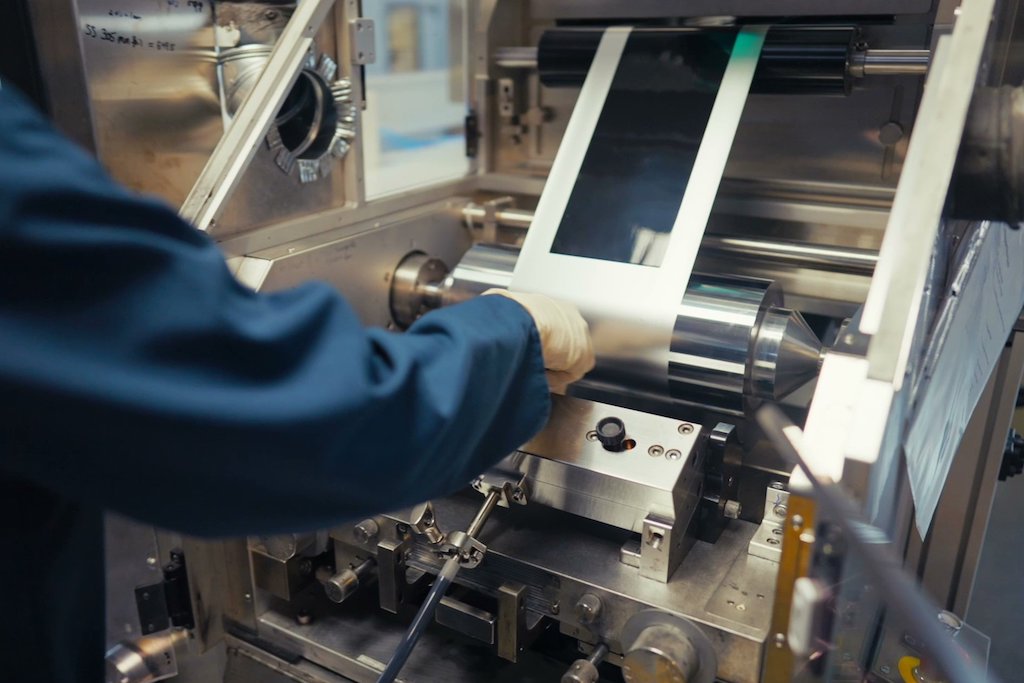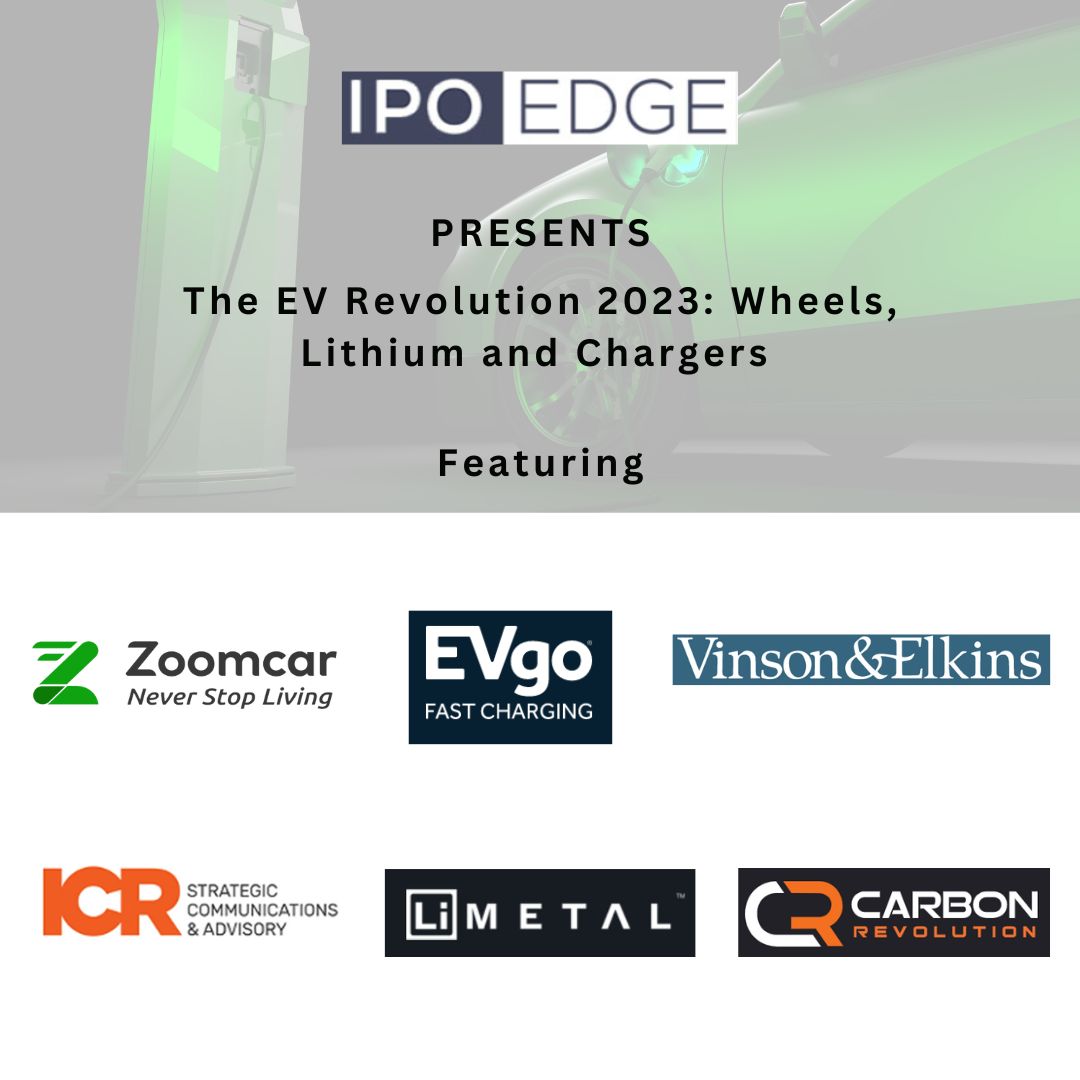NEWS
Here’s how Canada stacks up in the EV battery supply-chain race
Author admin
February 8, 2023
Articles

Here's how Canada stacks up in the EV battery supply-chain race batteries, critical minerals, electric vehicles
Canadian governments have been on a spending spree to build a new industry around electric-vehicle batteries from the ground up. LG and Stellantis are together committing $5 billion to a battery plant in Windsor, Ont., while Bécancour, Que., is becoming an automotive hub in its own right, attracting a joint General Motors-POSCO venture and other multinationals as well as industry upstarts like StromVolt. Meanwhile, the country’s critical minerals strategy got up to $3.8 billion in the most recent federal budget.
To provide a look at how the nascent EV battery supply chain industry is developing in Canada, The Logic compiled battery announcements and reports from its archives and interviews over the past year, talked to experts and reviewed the operations of dozens of companies listed on the Toronto Stock Exchange and TSX Venture Exchange to find examples of critical mineral miners.
While this methodology doesn’t capture every possible supplier in the country, it gives a glimpse into where Canada most urgently needs to attract investments and talent to build a sustainable industry.
Talking Point
Canada has been pitching its mines-to-mobility strategy and landing deals to build big battery-material plants, from LG to GM. That has opened opportunities for plant suppliers—but is building a complete EV battery in Canada possible? Industry experts say there are still crucial holes that leave them reliant on shipping or importing from China, which dominates the market.
“Strategically, I think the government is actually doing a good job here by bringing in these kinds of anchor investors like GM and POSCO, BASF, Stellantis and LG,” Dan Blondal, CEO of Nano One Materials, told
The Logic. “They’ll drive further investment.”
Blondal said that the midstream industry—upgrading raw materials for battery use—could be a key, but often overlooked, area for the country to develop.“In Europe, they’ve launched this whole battery thing, but they’re stuck with adopting a midstream that has got all these inefficiencies. We in Canada have a tremendous opportunity here to set ourselves apart from everywhere else in the world by cleaning that up,” he said.
Here’s a look at key parts of the EV battery supply chain and how Canada stacks up so far:
Battery cells, modules and packs
What it is: Battery cells or pouches go into modules, which are combined to make up battery packs.
Examples of Canadian suppliers: Stellantis-LG is building a $5-billion plant for 2024 production (Ontario, headquartered abroad; cells and modules); StromVolt is spending $200 million to $300 million with plans for initial capacity of 250 megawatt hours, expanding to 10 gigawatt hours by 2030 (Quebec, cell factory in progress using equipment from Taiwan’s Delta Electronics); BritishVolt has made tentative inroads (Quebec, headquartered abroad; cells, cathode and anode plant); Molicel, which says it was North America’s first lithium-ion cellmaker and makes everything from cordless-vacuum to flying-taxi batteries, has an R&D and distribution centre (B.C., headquartered abroad; cells), Electrovaya (Ontario; cells, packs, electrodes, separators); Lion Electric is investing about $185 million for a plant to begin operations in early 2023 (Quebec, packs and modules)
Potential gaps, competition or hurdles: As of the first half of 2021, more than 90 per cent of global EV battery capacity came from seven companies, all in Asia: CATL, LG Energy Solution, Panasonic, Samsung SDI, BYD, SK Innovation and CALB, according to Toronto-based research firm Adamas Intelligence. North American suppliers will have to compete with a well-oiled machine.
“There’s virtually no [lithium iron phosphate] battery production, other than a very small footprint in Quebec, and in North America there’s very little cathode production,” said Blondal.
“There’s a lot of mushiness in the supply chain, particularly in North America, that needs to be resolved. Many components are having to be brought in from overseas, and for us personally, we’re trying to develop it all with a North American, or at least North American-friendly, context.”
Canada will also have to prove its value in the region, with major companies like China’s CATL still shopping for facility locations across the U.S. and Mexico. In a House of Commons committee hearing earlier this year, battery scientist Jeff Dahn told lawmakers that Canada has two small businesses—Electrovaya and Molicel—with a track record of making batteries for manufacturers like Toyota and access to precision machines like electrode coaters and electrolyte filling machines. But Electrovaya’s Strategic Innovation Fund application was rejected by the government in the past year, while Molicel’s took years to be accepted.
“It takes far too long,” Dahn said. “These companies should be encouraged, not discouraged, and in fact even pushed by the federal government to expand in Canada.”
Battery enclosures
What it is: Protects critical battery components from weather and crashes, and houses electrical components and sensors.
Example of Canadian suppliers: Magna (Ontario) is building a 170,000-square-foot facility and hiring 150 people to build battery enclosures in Chatham, Ont., for the Ford F-150 Lightning.
Potential gaps, competition or hurdles: On a February earnings call, Magna CEO Swamy Kotagiri said the company’s enclosures business is a bet that it expects to keep driving growth for years to come. To that end, the company is plowing in cash, even amid rising labour and commodity costs. It also just broke ground on a New Mexico plant that will make inverters, motors and on-board chargers with LG for GM’s EVs.
One analyst asked whether EV makers are planning to outsource more parts, a sweet spot for Magna.
“As we sit here today and look at the cadence of the sourcing activity, we don’t see a significant shift as of yet, but that is to be seen,” said Kotagiri. “If you look at what we have in terms of footprint and capabilities, we should be well positioned to address that piece.”
Equipment

Novonix offers cell-testing services and equipment used by Panasonic, CATL, LG Chemical, SK Innovation and Samsung SDI. Novonix | Twitter
What it is: Elon Musk describes it as the “machine that builds the machine.”
Examples of Canadian suppliers: Tesla, which has two manufacturing facilities and three research and development centres in Canada, is building another facility in Markham, Ont., to manufacture battery-making equipment. Novonix (Nova Scotia) offers cell-testing services and equipment used by Panasonic, CATL, LG Chemical, SK Innovation and Samsung SDI.
The National Research Council of Canada also has equipment hubs, including a pilot-scale battery manufacturing line for prototypes in Boucherville, Que., that has special machines, a battery testing lab in Ottawa used by both regulators and manufacturers, and an R&D group that gives members access to “unique technologies.”
Potential gaps, competition or hurdles: Canada does not make the machinery needed for some types of mineral processing and must import it from countries like China and Japan, according to testimony for the House of Commons Standing Committee on Natural Resources summarized in a report last year. This “intermediate” step for materials like graphite or aluminum is a “weak link” in the critical minerals supply chain, experts said.



